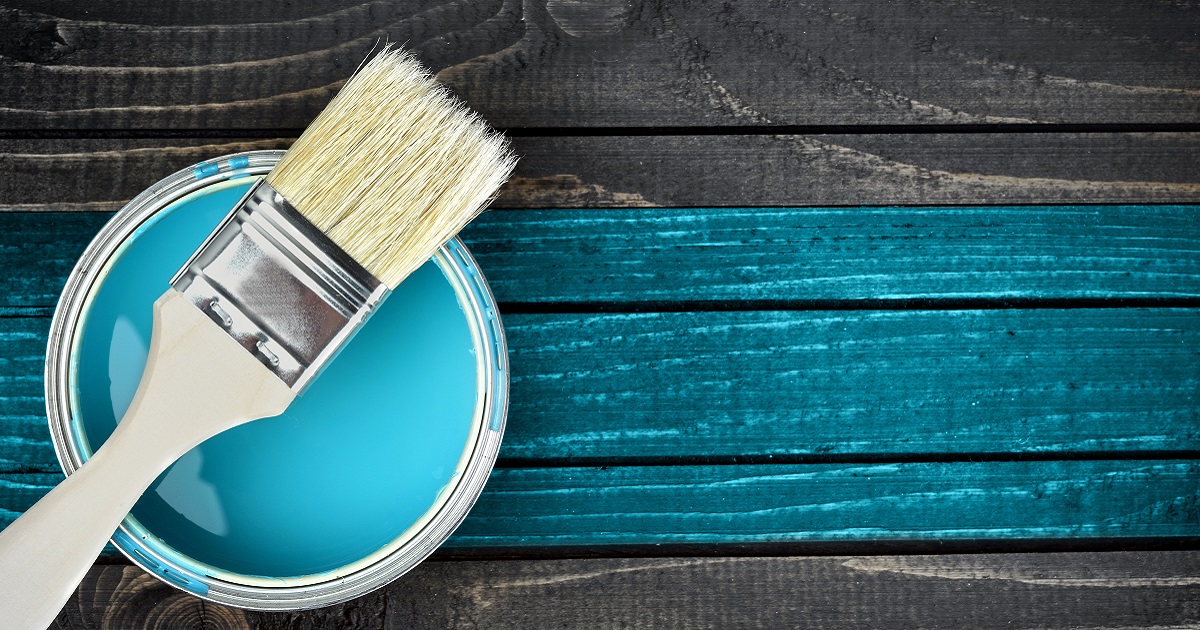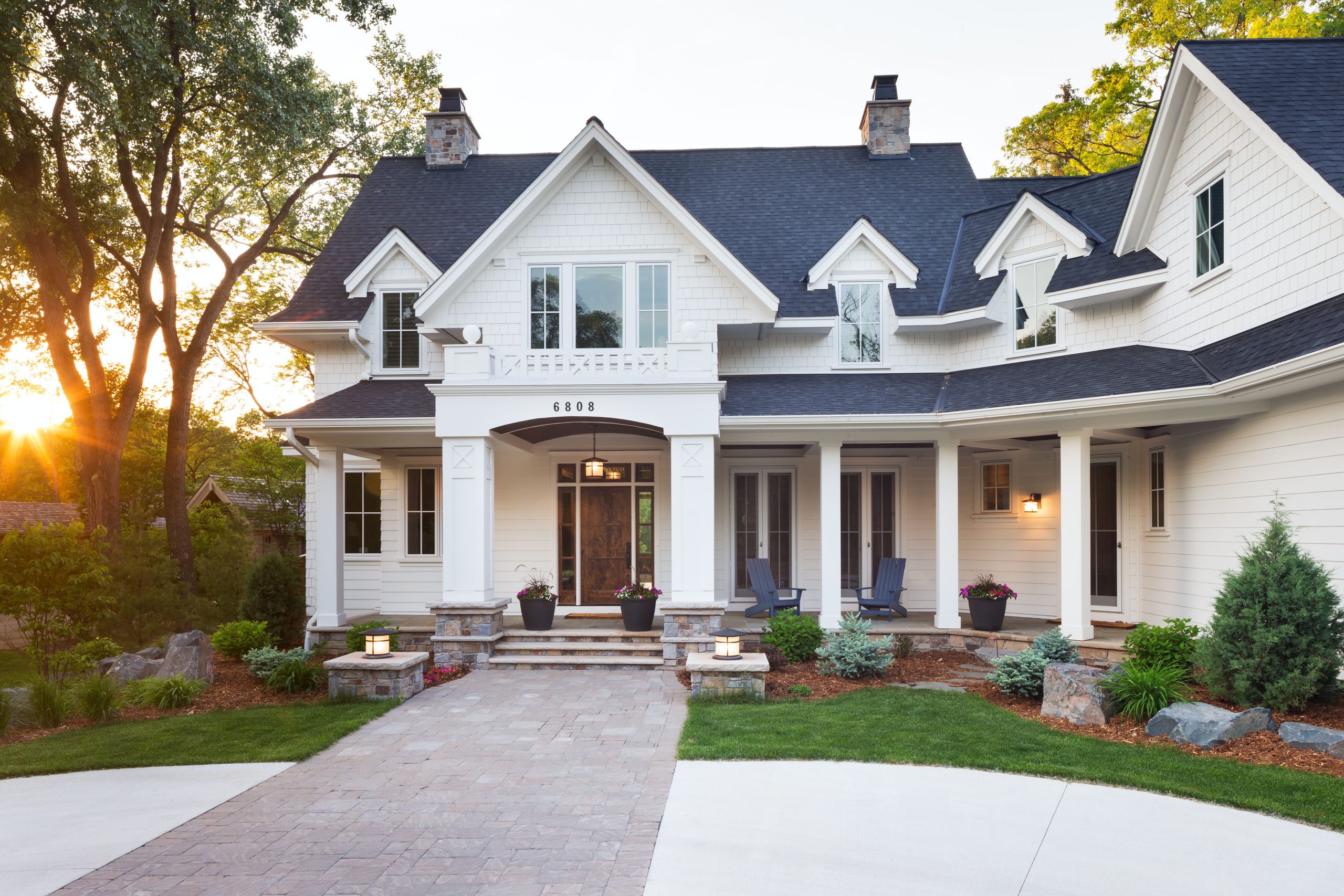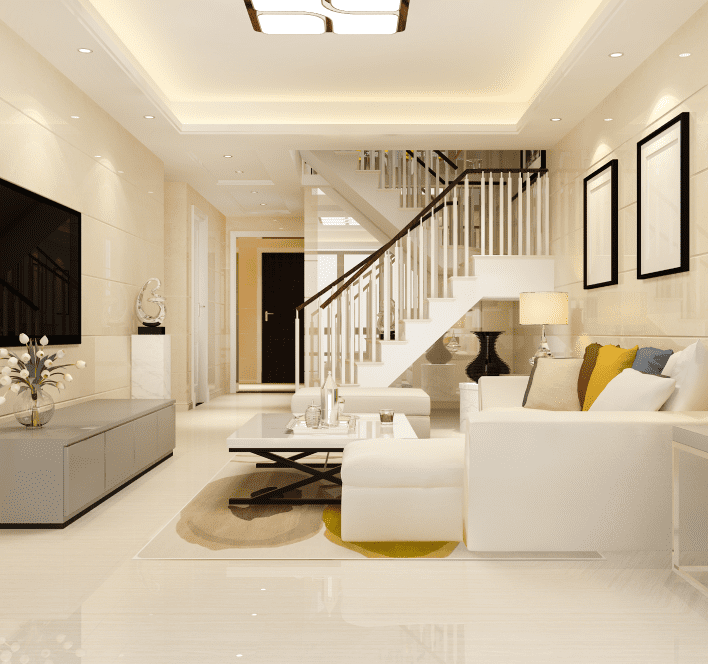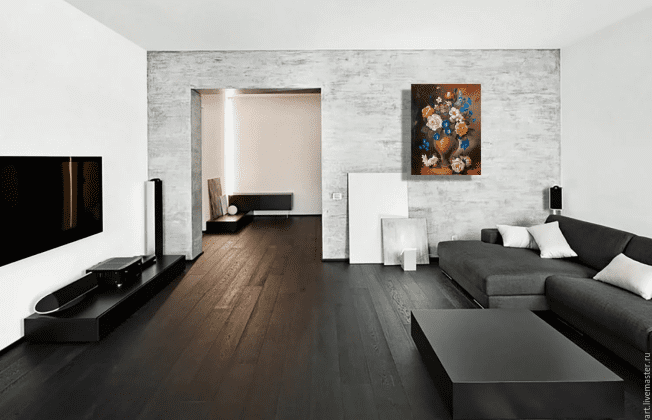With a few strokes of color, an interior can be transformed and outdated furniture can suddenly look stylish the possibilities are endless.
Painting is arguably the home improvement project that can have the biggest impact with the least amount of time and investment-and if you are willing to put in the effort, you can also save on the expense of hiring a pro.
To be clear, hiring professional painters is worth every penny owing to their experience and expertise, professional tools, discounts at the paint store and the fact that they will do all the prep work and leave everything clean and tidy when they go. Plan A, if you have the budget.
Ask friends and neighbors for recommendations, get quotes in writing from two or three painters who have availability, and look for profes- sionals who carry their own insurance in case of injury or damage.
Plan B is the DIY route
When doing it yourself, invest in good supplies and materials and take your time prepping the walls and surfaces.
The quality of brushes and rollers can mean the difference between a passable job and a great one. Brushes are used for painting trim and awkward spaces and for cutting in close to the edges. Stiff brushes will give sharp lines for painting around windows or trim. Soft brushes, with more flexible filaments, leave fewer brush marks on surfaces. Use them for painting bookcases and other furniture because they allow for an especially smooth finish.
Synthetic bristles are the best choice for applying latex paint, and natural bristle brushes are best paired with oil-based
paints. If you invest in quality brushes, take the time to clean and care for them during your project and before putting them away. Paint rollers are best for covering large surface areas quickly and should be chosen by their thickness and nap (fuzziness). Fluffy rollers (with thicknesses of 1 inch to 1.5 inch) are useful for textured surfaces (like stucco or brick) and for creating a textured look aimed at concealing minor imperfections. Rollers with a closely cropped (1/4 inch to 1/2 inch) nap will provide a smooth, satiny finish. Rollers can be fitted with long handles for hard-to-reach areas.
So Many Choices!
Choosing the right color is the hard part. The way light hits a room is it bright, natural sunlight, shaded and shadowy, or somewhere in between? affects the way a color will appear from room to room.
Although a number of available apps use virtual reality to help you envision colors in your space, there is no substitute for paint samples with a newfangled approach. Paint chips are nice-large peel-and-stick paint samples are better. Like oversized sticky notes, these approximately 9″x 12″ swatches of color can be temporarily applied to surfaces to show what the color will look like on your walls. Most major paint brands provide this service. Another approach is to use a DIY kit available at paint and hardware stores (or assemble your own!) consisting of mini foam rollers and foam core boards. After narrowing down your paint choices, purchase samples of the colors and cover an entire side of the board with a couple of coats. Wait for the paint to dry thoroughly; then, move the painted boards around the room as the light changes throughout the day. You will be able to see how the colors react in your specific light conditions and how they complement your furnishings (or not!). This process may require an extra step, but it beats disappointment (and wasted time and funds!) after you’ve painted an entire room.
What Is Chalk Paint?
Chalk paint is the design world’s answer to buying new furniture.
Not to be confused with chalkboard paint (the paint that transforms any wall or surface into a chalkboard), chalk paint is a trademarked description of paint that was developed in 1990 by artist, designer, and inventor Annie Sloan.
Over the years, Sloan’s idea has been copied by other sellers who describe their paint as “chalky paint” or “chalked paint” and offer products with a similar finish and feel.
Available in a wide range of colors, these paints, popularized originally by Sloan and more recently by designer and TV personality Joanna Gaines, are beloved for the way they can make a tired piece of furniture into something vintage cool or shabby chic. The paints dry to a matte finish with a chalky feel (hence the name) and can then be waxed to seal the finish and create a vintage effect.
Chalk paint is water-based, so cleaning brushes is easy. It is also thick and opaque, which means covering a surface usually requires just a single coat. The best part—you don’t have to prime first. With the exception of metal, chalk paint can be brushed directly onto existing surfaces without prep, although you may want to lightly sand and clean first.
In recent years, there has been a lot of attention given to a paint brand’s “Color of the Year” selection. It seems every brand chooses something different – one may extol the virtues of pale turquoise, another the beauty of terracotta or even inky black. They are not wrong.
Each paint brand has a customer profile that has been developed over time. Paint companies know who is buying their brand of paint and how the customers use it. Along with fashion and style trends, paint companies also mine their sales data. They look at what paints have been selling well and which colors are beginning to gain traction.
In addition, the company’s color experts study interior design trends and industry directions to know what types of furnishings will be hitting the sales floors and online retail websites in the next 12 to 18 months. If furniture designers are favoring blues and greens in their upcoming collections, the color experts can consider what paint colors would complement that palette best.
The touted new colors point to fresh directions for this moment in time. If you are looking for a way to refresh a space, in other words, the advice of the paint brands may be helpful. For example, if you are considering going with white or cream, check to see which of those variations are included in the color forecasts—and then decide for yourself.
Selecting the right shade of color from literally hundreds of options is not easy, which is why many local paint and hardware stores employ designers and experts who can help you find the perfect paint color—for free. These folks know what they are talking about. For big projects, consider asking for an in-home consultation. Raise your hand, ask for help—and enjoy the comfort and confidence that come with feeling good about your decision.
Do not pick your paint color for the sake of being on trend alone. The most important part of the equation is what speaks to you, your heart and the decor and furnishing that live within your walls.







